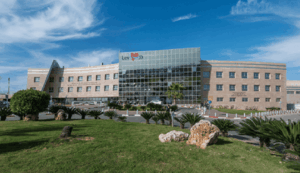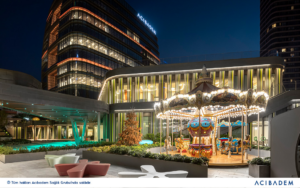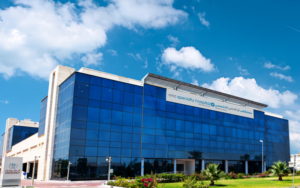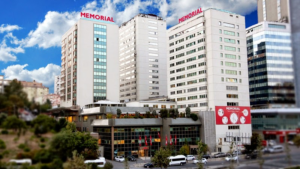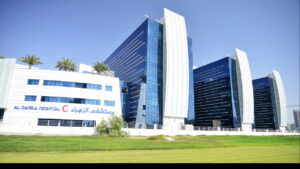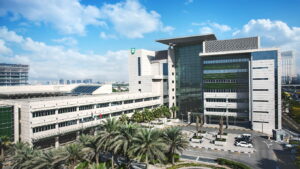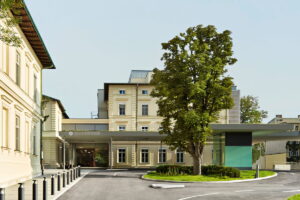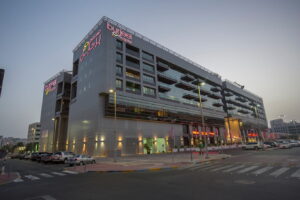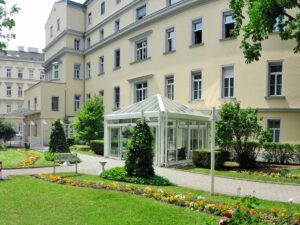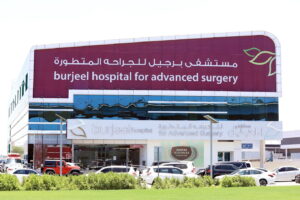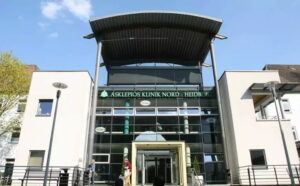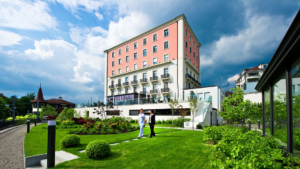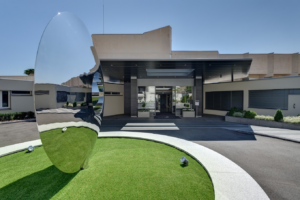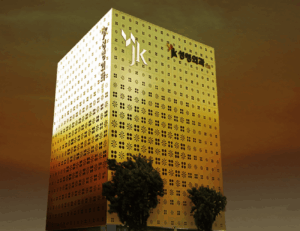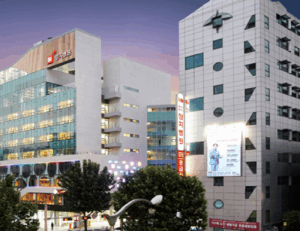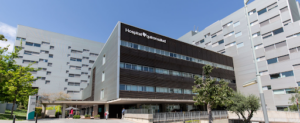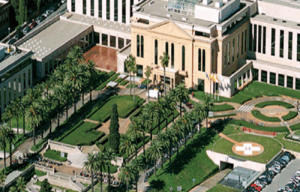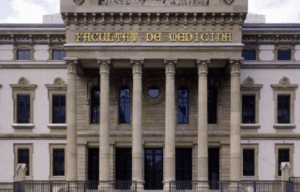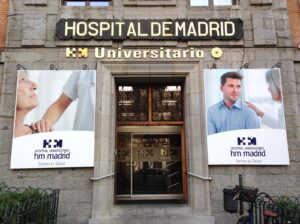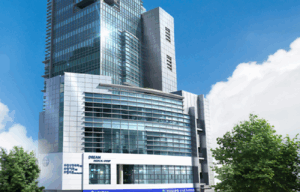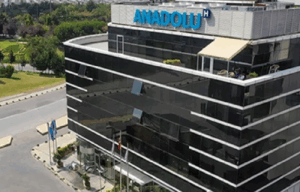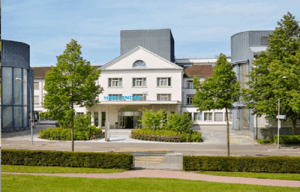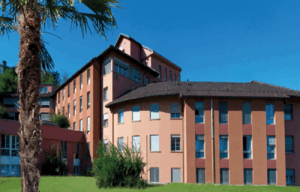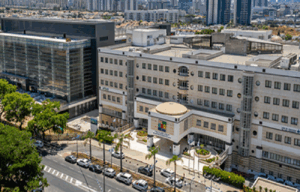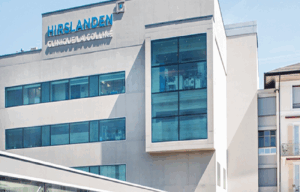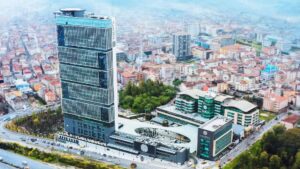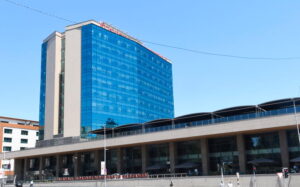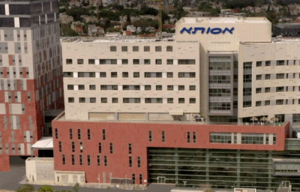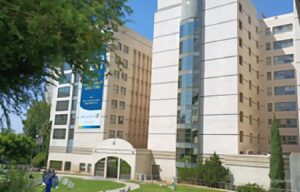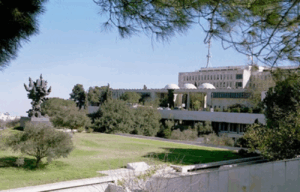Rhinoplasty (nose surgery)
Rhinoplasty is a popular plastic surgery procedure used to reshape the nose. In addition to its popularity, it is considered one of the most complex facial surgeries and requires a high level of expertise from surgeons.
Types of rhinoplasty performed in leading international clinics:
Open rhinoplasty. The incision is made externally along the columella. This method is the most convenient for the operating surgeon, but it leaves a scar on the patient. It is rarely used and typically reserved for cases with serious indications.
Closed rhinoplasty. All incisions are made inside the nose. The procedure is performed under endoscopic control. This type of rhinoplasty is more technically challenging than open rhinoplasty but is less traumatic and does not leave scars.
Laser rhinoplasty. A laser beam is used instead of a scalpel. The advantage of this method is that the tissues are cauterized immediately, preventing harmful bacteria from entering the wound. Additionally, the risk of bleeding is minimized.
Ultrasonic rhinoplasty. This advanced technology allows for gentler correction of the nasal bone structure, accelerating healing and reducing the risk of damage. With ultrasonic rhinoplasty, the likelihood of bruising and swelling is significantly reduced, and the recovery period is much shorter.
How an experienced surgeon at a top international clinic can change the nose:
- Remove a hump
- Reduce length
- Reshape the nasal tip
- Raise or lower the columella (skin between the nostrils)
- Narrow or widen the nostrils
- Elevate the nasal bridge
- Correct a deviated septum
Specifics of the procedure in international clinics
The main stage of rhinoplasty involves modeling the bone and cartilage tissues. The use of ultrasound or laser technology (piezorhinosculpture) increases the precision and effectiveness of nasal correction.
The following innovations are implemented in leading international clinics:
- In open procedures, special aesthetic sutures are prioritized, which become almost invisible after healing
- Digital simulation: Software for preoperative visualization allows patients to better understand the expected changes and make more informed decisions
Pain control methods: New approaches to managing postoperative discomfort make the recovery process more comfortable for patients
Top clinics
-
 Freiburg, Germany University Hospital Freiburg
Freiburg, Germany University Hospital Freiburg -
 Ramat Gan, Israel Sheba clinic
Ramat Gan, Israel Sheba clinic -
 Istanbul, Turkey Acıbadem Ataşehir Clinic
Istanbul, Turkey Acıbadem Ataşehir Clinic -
 Dubai, UAE NMC Healthcare
Dubai, UAE NMC Healthcare -
 Istanbul, Turkey Shishli Memorial Clinic.
Istanbul, Turkey Shishli Memorial Clinic. -
 Dubai, UAE Al Zahra Hospital
Dubai, UAE Al Zahra Hospital -
 Dubai, UAE American Hospital Dubai
Dubai, UAE American Hospital Dubai -
 Graz, Austria Leech Private Clinic
Graz, Austria Leech Private Clinic -
 Abu Dhabi, UAE Burjeel Hospital Abu Dhabi
Abu Dhabi, UAE Burjeel Hospital Abu Dhabi -
 Vienna, Austria Debling Private Clinic
Vienna, Austria Debling Private Clinic -
 Vienna, Austria Confraternity Private Clinic.
Vienna, Austria Confraternity Private Clinic. -
 Dubai, UAE Burjeel Hospital Private Multidisciplinary Clinic
Dubai, UAE Burjeel Hospital Private Multidisciplinary Clinic -
 Vienna, Austria Rudolfinerhaus Private Clinic.
Vienna, Austria Rudolfinerhaus Private Clinic. -
 Hamburg, Germany Asklepios Nord Heidberg
Hamburg, Germany Asklepios Nord Heidberg -
 Lausanne, Switzerland Clinique Montchoisy
Lausanne, Switzerland Clinique Montchoisy -
 Montreux, Switzerland Clinique La Prairie
Montreux, Switzerland Clinique La Prairie -
 Nyon, Switzerland Clinique Genolier
Nyon, Switzerland Clinique Genolier -
 Seoul, South Korea JK Plastic Surgery Center
Seoul, South Korea JK Plastic Surgery Center -
 Seoul, South Korea H+ Yangji Hospital
Seoul, South Korea H+ Yangji Hospital -
 Barcelona, Spain QuironSalud Barcelona Hospital
Barcelona, Spain QuironSalud Barcelona Hospital -
 Barcelona, Spain Medical Center "Teknon"
Barcelona, Spain Medical Center "Teknon" -
 Barcelona, Spain University Hospital Barnaclinic+
Barcelona, Spain University Hospital Barnaclinic+ -
 Madrid, Spain University Clinic HM Madrid
Madrid, Spain University Clinic HM Madrid -
 Seoul, South Korea Dream Plastic Surgery Clinic
Seoul, South Korea Dream Plastic Surgery Clinic -
 Madrid, Spain University Hospital HM Monteprincipe
Madrid, Spain University Hospital HM Monteprincipe -
 Gebze, Turkey Anadolu Clinic
Gebze, Turkey Anadolu Clinic -
 Zurich, Switzerland Hirslanden Clinic
Zurich, Switzerland Hirslanden Clinic -
 Madrid, Spain Quiron Salud University Hospital
Madrid, Spain Quiron Salud University Hospital -
 Lugano, Switzerland Saint Anna Clinic
Lugano, Switzerland Saint Anna Clinic -
 Petah Tikva, Israel Schneider Children's Medical Center
Petah Tikva, Israel Schneider Children's Medical Center -
 Seoul, South Korea SNU Plastic Surgery Clinic
Seoul, South Korea SNU Plastic Surgery Clinic -
 г. Женева, Швейцария Клиника «Женераль-Болье»
г. Женева, Швейцария Клиника «Женераль-Болье» -
 г. Женева, Швейцария Hirslanden Clinique La Colline
г. Женева, Швейцария Hirslanden Clinique La Colline -
 г. Стамбул, Турция Университетская клиника «Медиполь Мега»
г. Стамбул, Турция Университетская клиника «Медиполь Мега» -
 г. Стамбул, Турция Клиника Флоренс Найтингейл
г. Стамбул, Турция Клиника Флоренс Найтингейл -
 г. Тель Авив, Израиль Медицинский центр “Ассута”
г. Тель Авив, Израиль Медицинский центр “Ассута” -
 г. Петах-Тиква, Израиль Медицинский центр имени Ицхака Рабина
г. Петах-Тиква, Израиль Медицинский центр имени Ицхака Рабина -
 г. Иерусалим, Израиль Медицинский центр “Хадасса”
г. Иерусалим, Израиль Медицинский центр “Хадасса”
